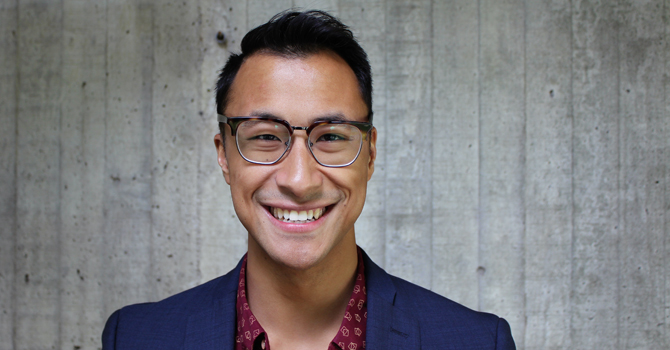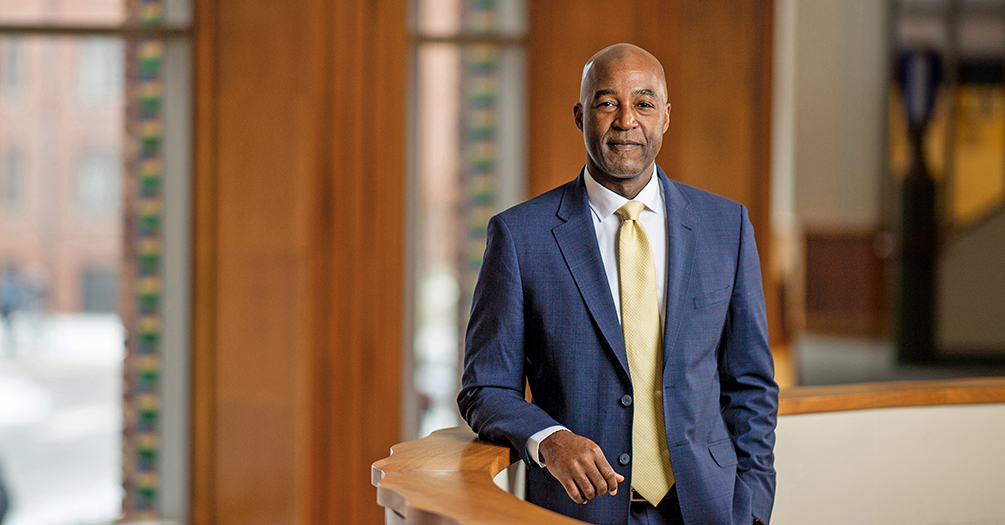Socially Engaged Design for a Healthier Population

Anthony Dang
Master’s Student in Nutritional Sciences, Gelman Global Scholar and Sunway Trust Scholar
We might use different terms in different settings, but across the field of public health, socially engaged design is at the heart of effective interventions and programs we create to help people get and stay healthy.
Socially engaged design concepts center on the human and appear in all kinds of other fields too, from engineering to social work. Any time an effective intervention successfully takes into account the entire lived experience and contexts of the communities they are trying to support, human-centered design was used.
Any time an effective intervention successfully takes into account the entire lived experience and contexts of the communities they are trying to support, human-centered design was used.
Since I arrived at Michigan, I have been empowered by the resources here to apply user-centered research and design to my own area of research—nutritional science.
My journey into nutrition began with my own health and well-being and wanting to eat as best I could as I was competing in marathons. As an undergraduate biology major at the University of Washington, I was hooked after taking the principles of nutrition class and went on to enroll in the remainder of nutrition classes offered.
With my personal interest in health and nutrition rapidly becoming an academic obsession, I landed at University of Michigan School of Public Health. The school’s Nutritional Sciences program offers a sustainable food systems track, one of the few in the country. I also thought a change from the West Coast would be valuable—I had never been to the Midwest and wanted to explore a new region of the country
I began to understand the need for creating health solutions that prevent illness and disease before patients need to step into a clinic.
Identifying exactly where I want to end up in public health is an ongoing question. Coming out of my undergraduate degree, I explored a variety of paths to direct patient care: nursing, physical therapy, primary care medicine. But the reactionary nature of this kind of health science became less appealing to me as I began to understand the need for and my own interest in creating health solutions that prevent illness and disease before patients need to step into a clinic.
I am still developing a unifying philosophy of public health to guide my professional development, but my guiding values remain health and nutrition equity, social justice, and environmental sustainability.
Last year, I decided to participate in Innovation in Action, a campus-wide student competition at the University of Michigan centered on developing solutions for real-world challenges. I thought the process would strengthen my critical thinking and innovative design skills. Not only did it do that, but my team—Julia Dinoto (School of Information), Elisabeth Fellowes (School of Information), and Anne Fitzpatrick (College of Literature, Science, and the Arts)—earned the top prize in the competition. Our product, Heard, digitally connects individuals with chronic illness who experience flare ups to on-demand peer support.
This competition has been a foundational experience for me. I’ve learned new skills like ecosystem mapping, user interviewing, problem definition, ideation, creation, testing, and refining. I learned a ton from two School of Information teammates and our teammate from LSA studying neuropsychology. And I came to understand not only the principles of user-centered design thinking but where those principles already exist in the field of public health.
Now more than ever, we understand that social determinants of health such as housing, location, education, and race have huge effects on human health and health equity.
In reflecting on my experiences in the Innovation in Action program, it’s so clear to me now that design concepts have always been a crucial component of my public health coursework—even if professors don’t explicitly refer to them in this way. Now more than ever, we understand that social determinants of health such as housing, location, education, and race have huge effects on human health and health equity.
I’m excited about the role socially engaged design can play in helping us unlock new solutions in the struggle against health inequities.
Whatever we call it, socially engaged design will continue to guide my public health pursuits because it is now the lens through which I know I can unravel seemingly intractable public health challenges.
- Interested in public health? Learn more here.
- Read more stories about Michigan Public Health students.
- Support research and engaged learning at the School of Public Health.
Read More Stories from the Spring 2021 Issue of Findings



